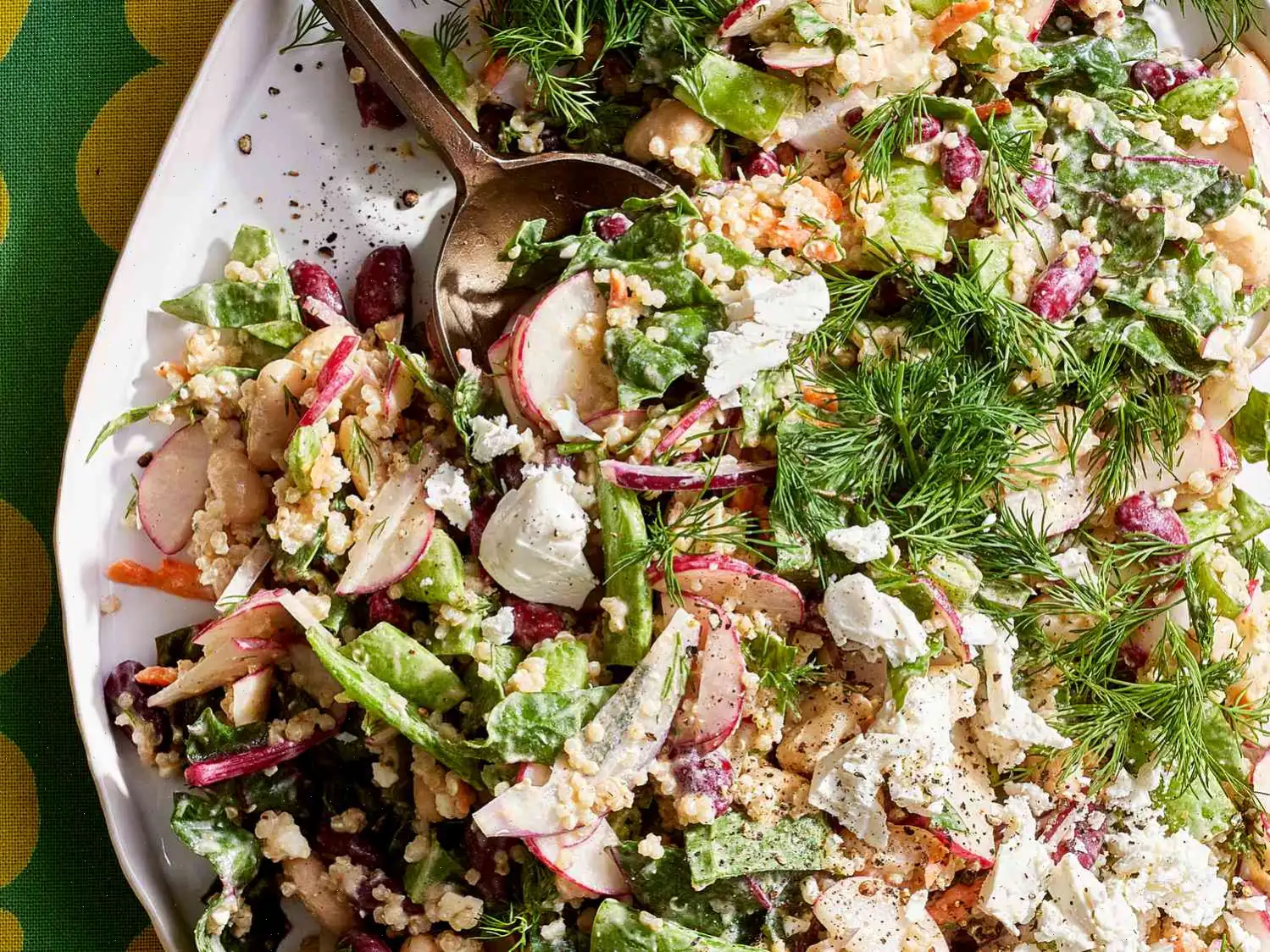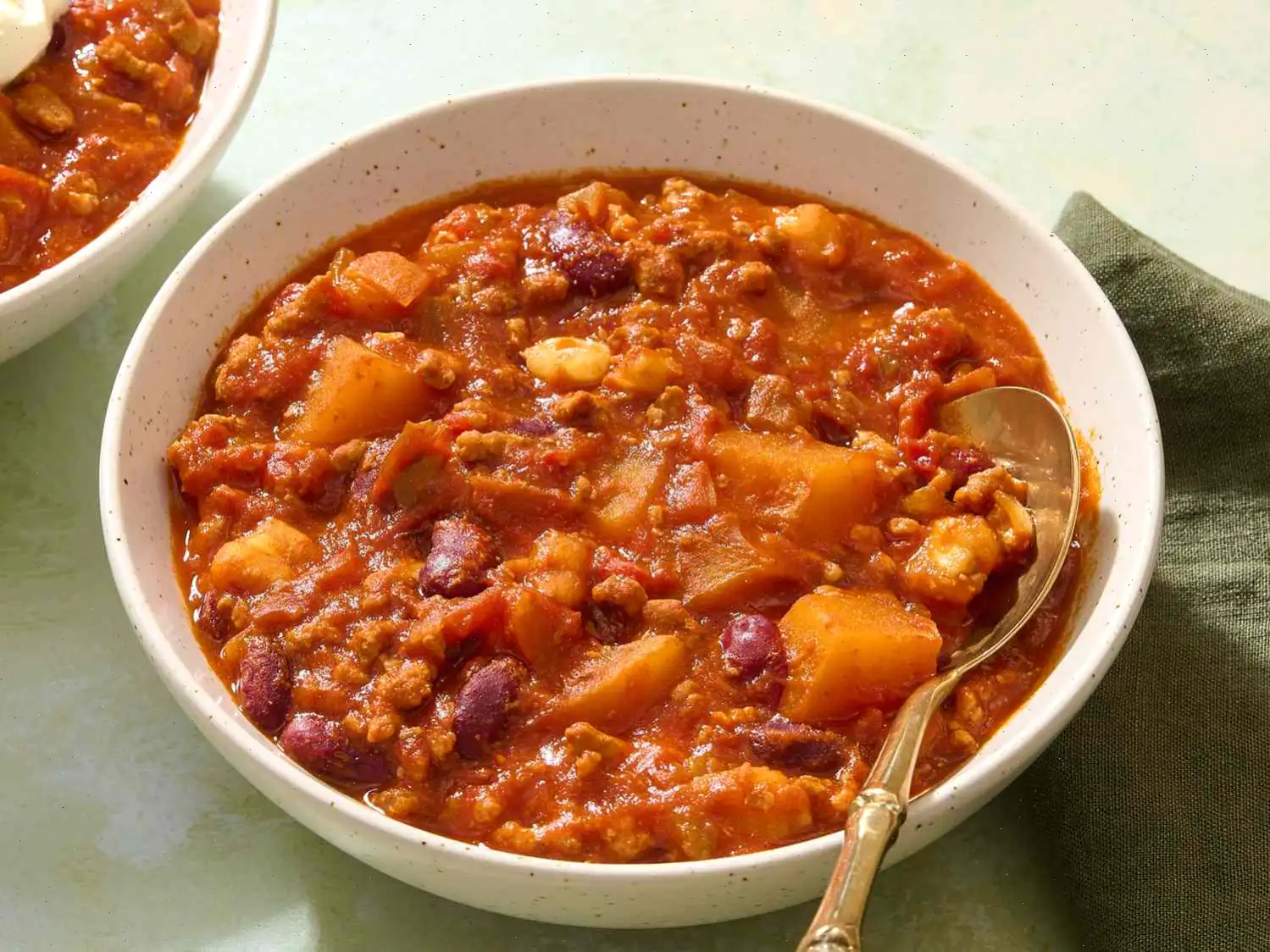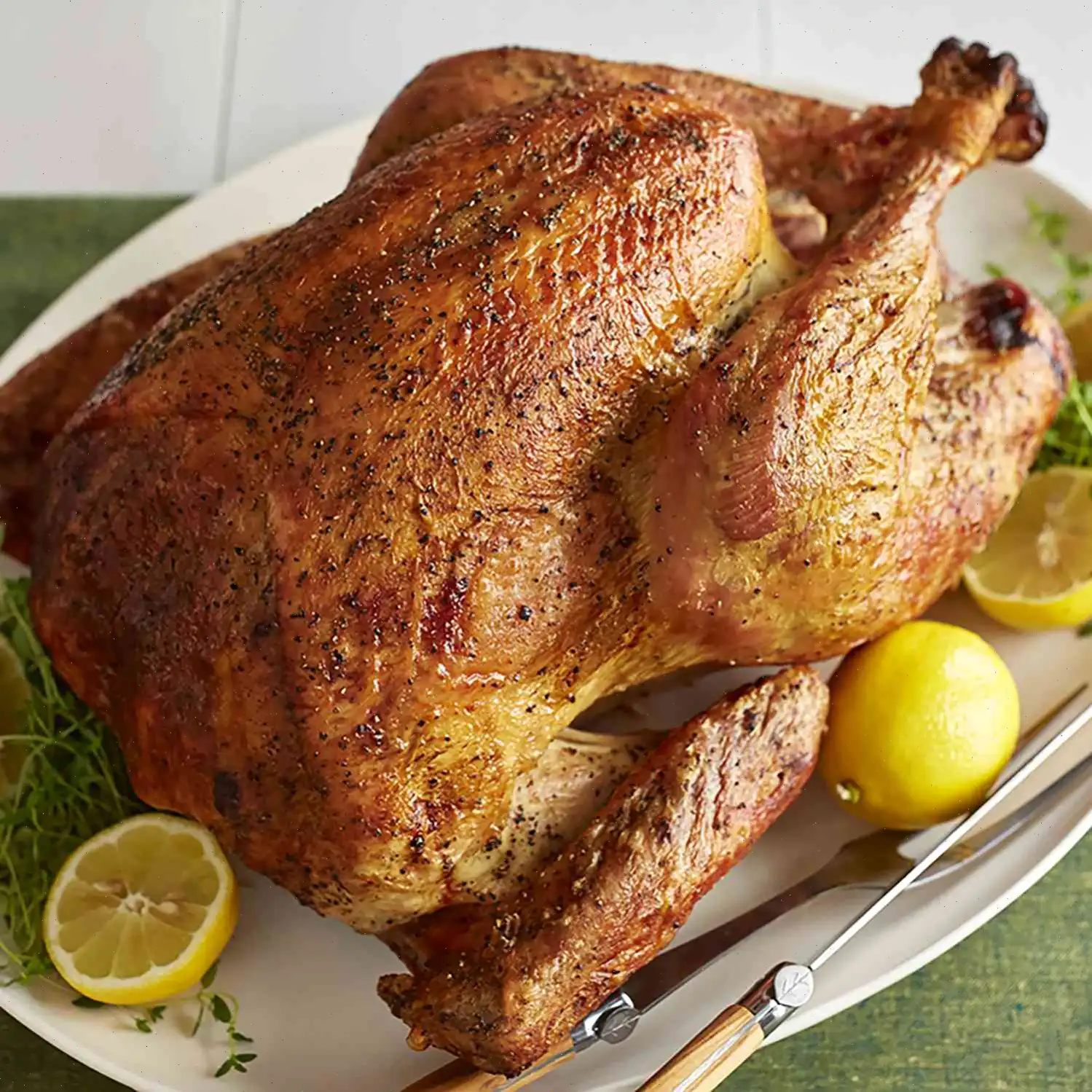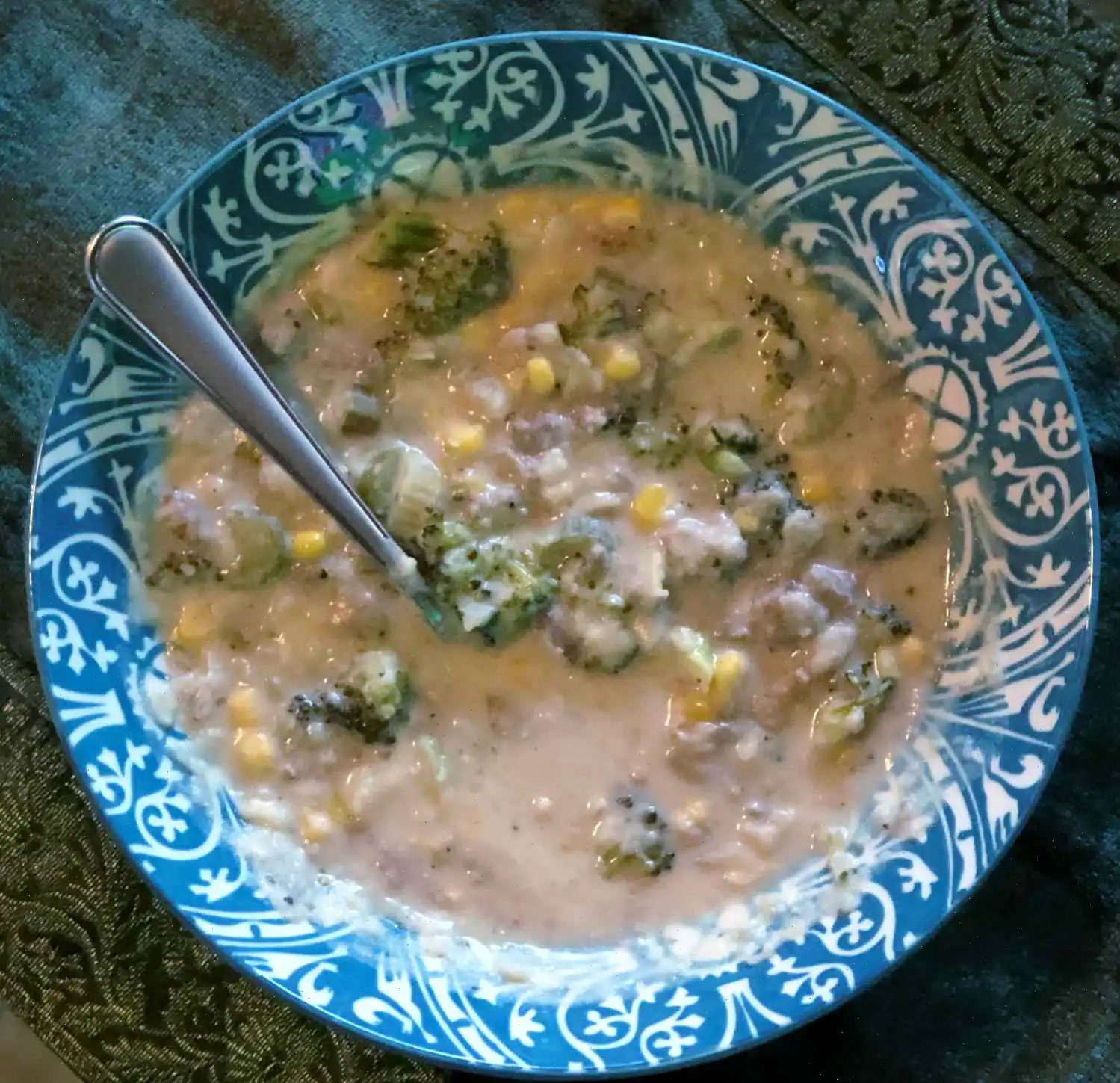
Easy Garlic Knots Recipe
Ingredients
This recipe was developed at its original yield. Ingredient amounts are automatically adjusted, but cooking times and steps remain unchanged. Note that not all recipes scale perfectly. Original recipe (1X) yields 24 servings.
- 10 ounces pizza dough
- 1/3 cup extra-virgin olive oil
- 1/3 cup minced garlic (about 8 large cloves)
- 1/3 cup grated Parmesan cheese
- 3 tablespoons chopped fresh parsley
- 1 teaspoon crushed red pepper
- 1/2 teaspoon kosher salt
Directions
- Preheat your oven to 350F (175C) and lightly grease a large baking sheet.
- On a floured surface, roll the pizza dough into a rectangle approximately 10x16 inches.
- Cut the dough lengthwise into 12 strips, then halve each strip to create 24 strips, each about 8 inches long.
- Take each strip and tie it into a loose knot. Arrange the knots evenly on the prepared baking sheet.
- Bake in the preheated oven for 10 to 15 minutes, or until the knots turn a golden brown color.
- Remove the baked knots and transfer them to a large mixing bowl. Drizzle with olive oil, then sprinkle with minced garlic, grated Parmesan, chopped parsley, crushed red pepper, and kosher salt.
- Toss gently until each knot is evenly coated with the flavorful topping.
Nutrition Facts (per serving)
- Calories: 65
- Total Fat: 4g (5% DV)
- Saturated Fat: 1g (3% DV)
- Cholesterol: 1mg (0% DV)
- Sodium: 94mg (4% DV)
- Total Carbohydrate: 6g (2% DV)
- Dietary Fiber: 0g (1% DV)
- Total Sugars: 0g
- Protein: 1g (3% DV)
- Vitamin C: 1mg (1% DV)
- Calcium: 17mg (1% DV)
- Iron: 0mg (2% DV)
- Potassium: 22mg (0% DV)
*Percent Daily Values are based on a 2,000 calorie diet. Your daily values may be higher or lower depending on your calorie needs. Nutrient information is based on available data; consult a professional if following a medically restrictive diet.
The Story Behind Garlic Knots
Garlic knots, beloved in pizzerias and homes alike, trace their roots to Italian-American communities in New York City during the mid-20th century. Italian immigrants adapted traditional bread recipes, creating small, hand-tied knots from leftover pizza dough. This clever use of dough ensured nothing went to waste, while the addition of garlic, olive oil, and Parmesan added a burst of flavor. Over time, these humble bread treats evolved from simple leftovers into a staple appetizer across the United States.
Regional Variations
While garlic knots are popular nationwide, regional variations exist. In New York and New Jersey, they are often brushed with a generous mixture of garlic-infused oil and Parmesan, sometimes sprinkled with crushed red pepper for a little heat. In parts of California, chefs experiment with fresh herbs like rosemary or basil, giving the knots a unique twist. Some pizzerias in the Midwest serve them with marinara dipping sauce, emphasizing a slightly sweeter garlic flavor to complement the tomato-based dip.
What Sets Garlic Knots Apart
Garlic knots differ from other garlic breads and rolls primarily in shape and texture. Unlike standard garlic bread, which is sliced from a loaf, garlic knots are individually tied pieces of dough, creating a fluffy interior with a slightly crisp exterior. Compared to breadsticks, knots offer a more concentrated flavor, as the twists expose more surface area to the garlic and oil, enhancing every bite with savory richness.
Typical Serving Occasions
These savory knots are most commonly found in Italian-American pizzerias, often accompanying a classic pizza order. They are also popular as party appetizers, served on large platters with marinara or ranch dipping sauces. Many families bake garlic knots at home as a side dish for dinner, particularly when serving pasta or salads. Their bite-sized form makes them convenient for casual meals or gatherings.
Interesting Facts
- The twist of a garlic knot isnt just decorativeit ensures the garlic and oil coat every surface for maximum flavor.
- Some pizzerias have secret garlic knot recipes, incorporating ingredients like butter, honey, or even sun-dried tomatoes.
- Despite their Italian origins, garlic knots became a distinctly American tradition, largely popularized in the northeastern United States.
- They are often considered a comfort food due to their soft, warm texture and rich, garlicky aroma.
FAQ about Easy Garlic Knots Recipe
Comments
Maria Anderson
08/04/2024 03:18:01 PM
They were excellent! I didn't have any parmesan cheese available, so I improvised with a "poor man's parmesan," which is why they may appear to be coated in coffee grounds. However, rest assured they are not! I would absolutely make them again, but next time with authentic parmesan cheese.








